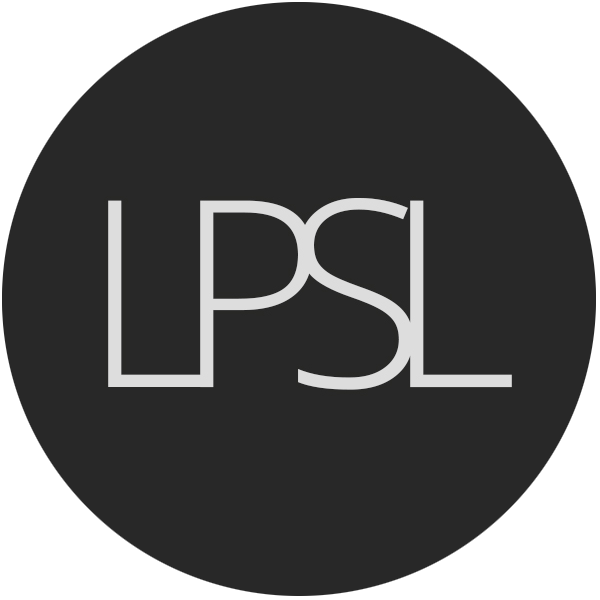Thermal Imaging

Thermal imaging during your survey
During my inspections, I use a thermal imaging camera to highlight any insulation or draught issues. The images are then incorporated within your snagging report. It is important to note that this is not a Thermal Survey.
Infrared thermography is non-destructive. The thermal imaging camera takes infrared images that we use can identify thermal differences (differences in temperature) within the building or its fabric. The camera takes a picture using infrared radiation instead of visible light as a normal camera would do. We then analyse these images and find any differences in temperature using specialised software.
What is thermal imaging?
Thermal imaging or infrared thermography is based on radiated energy based on the infrared spectrum (IR) which is invisible. All objects emit radiation within the IR spectrum, and this varies depending on the temperature of the surface of the object.
Thermal imaging has many different uses, but when it comes to snagging, it can accurately find any reasons that may be causing your house to be cold, causing you to waste money on unnecessarily high bills.
What can we find with thermal imaging?
Thermal imaging inspection allows us to identify any construction faults such as insulation defects and cold bridging. We also check that windows, and doors are sealed and free from cold air ingress and find any sources of heat loss within your home or heating system. Thermal image photos are incorporated within your report.
What are the benefits?
Thermal imaging finds sources of air and moisture within your house or flat. By finding and repairing any snags that are causing your house to lose heat, you can greatly improve your house’s insulation and save money on your heating and energy bills.
It can also help us find water leaks and structural problems in the building, so we can give you a clear list of what needs to be repaired.
When do I carry out thermal imaging?
This survey needs to be carried out in specific weather conditions. It is best carried out when the weather is cold outside, as it is important to have a temperature difference of at least 10 -15 degrees. This aids the thermal camera to see any temperature differences within your new home. Therefore, we usually, do them early in the morning or late in the evening.
However, there are exceptions to this if carrying out other thermal imaging, such as underfloor heating inspections or if we are identifying leaks.

For a free quote, get in contact with us today.
Reviews

Head Office
10 Bridge Mews, Ingleton, North Yorkshire, LA6 3JW
